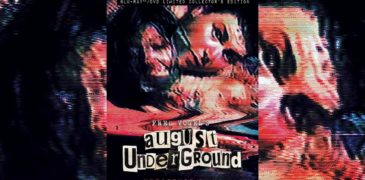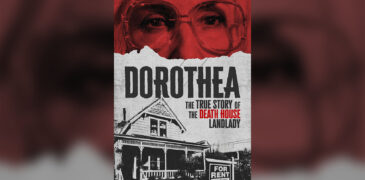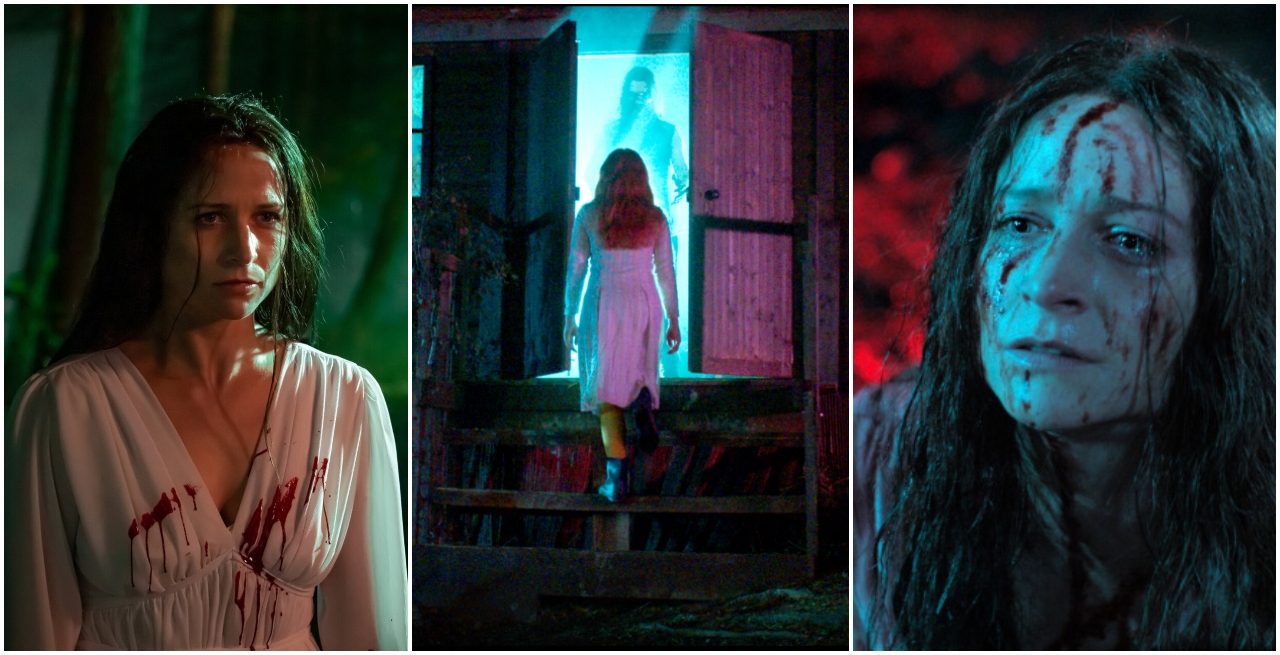
Censor is an innovative psychological horror based in the UK in the 80s, with a story that both discusses and becomes the worst of video nasties – a melding of violent horror and reality to the point where it becomes impossible to tell the difference. Warning: spoilers ahead in this deep dive analysis!
Enid is a plain Jane film censor in Britain during the era of video nasties. Most of us involved in the horror scene will be familiar with the term, but for the uninitiated, it was a period of moral panic around the distribution of horror films. Many films which had been refused certification, as a consequence of depicting extreme rape and violence, were effectively made illegal to distribute. This led to a thriving black market catering to the people who craved the most disturbing, realistic and violent cinema possible.
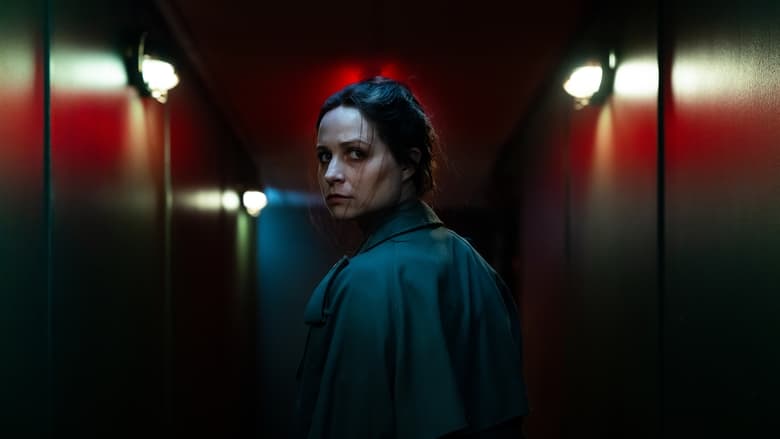
Interestingly, this type of cinema – which is often considered a cheap, low form of art – is contrasted throughout with high-class cinema such as Salvador Dali’s Un Chien Andalou, a literally eye-piercing art film. It’s also compared to the reality of the world at the time, when Margaret Thatcher was slashing funding, and the constant parade of violence seen on the news from miner’s strikes. The film is almost continuously forcing the audience to consider and reconsider the place that video nasties have in a world that doesn’t hold back on triggering content in many other respects.
Two events happen simultaneously that trigger a mental breakdown for Enid. First, her parents unceremoniously announce over dinner – in the most indirect, British sort of way – that they’ve officially declared their younger daughter dead after being missing since Enid was a child. We know Enid was somehow involved but doesn’t remember much of what happened, and it’s clear that her relationship with her parents – and especially her father – was forever damaged.
At the same time, she’s called into the office at work to be told that a film she and her co-worker approved for release (with heavy cuts) has been speculated to have inspired a homicide case in which the murderer ate his victim’s face. He’s dubbed ‘The Amnesiac Killer’ as he claims not to remember the act. Not only is this bad professionally for the pair, but the newspapers have gotten wind, and have even printed her name and number.

The guilt that Enid takes on for this tragedy is understandable. What drove her to become a film censor is unclear, although likely related to her sister’s disappearance. She has a strong desire to protect people, and an incredibly strong sense of responsibility – far more than her male colleague (played by Nicholas Burns of Nathan Barley fame), who is more than happy to dismiss the idea that the movie they allowed to release was responsible for someone’s death.
The death threats start coming in. In another interesting contrast, all of these people who are so angry about her seemingly allowing this murder to happen showcase their own hypocrisy through their violence over the phone. This doxing is such a horrible moment, and escalates worse as paparazzi begin following her. Her reputation is slandered to that of a depraved weirdo, making it harder and harder for her to keep up a respectable veneer.
All through this, Enid is taking the combined guilt of her sister’s death and this very public death, accumulated pain manifesting into a new obsession. When a slimeball video producer picks her personally to view his newest release, Don’t Go Into The Church, the ever-cool Enid is finally shaken by a film, as something in the familiar story of a younger sister being abducted and murdered strikes a chord in her.
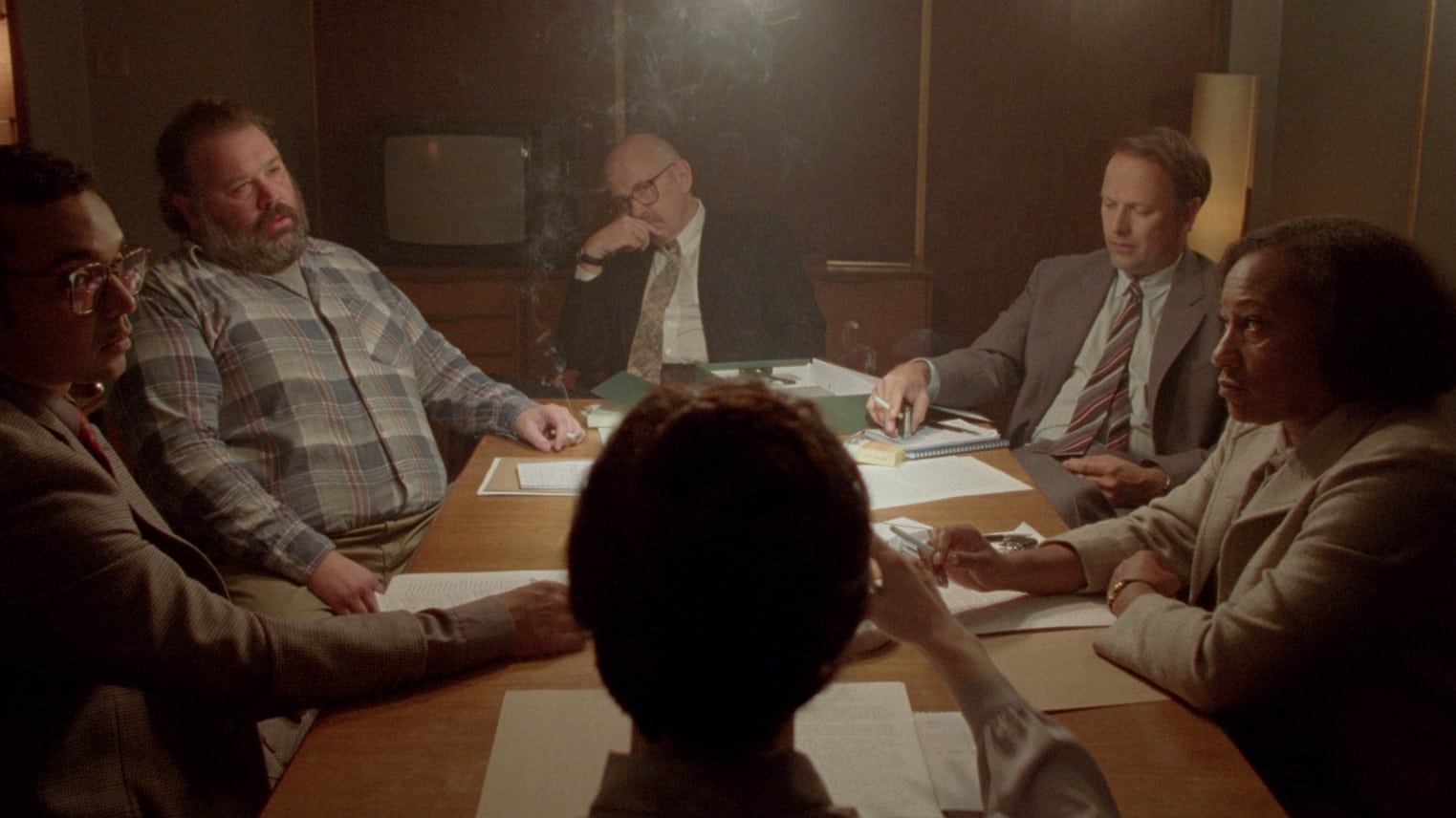
She tracks down another video by the same producer, Frederick North, and sees an actor who looks strikingly like her own red-haired sister if she’d grown up. She forms the delusion that her sister was abducted by either the director North or his male star, and now acts in their films. There’s no IMDB for her to check, and she ends up confronting her parents with the video case image of a screaming red-headed woman before stealing files from work to track down the producer.
Male insecurity and inadequacy play quite a large part in this film, most of all with the skin-crawlingly creepy video nasty producer that she has the displeasure to meet. From the moment we meet him, we know he’s dangerous; despite doing nothing strictly wrong at first, he is nonetheless quite terrifying.
We, as the audience, can feel her desperation when she turns up at his house, and the physical revulsion she feels while having to pander to a man, who’s so clearly a threat, oozes through the screen. It becomes even more horrifying when he attempts to sexually assault her in a room she’s already identified as the setting of a particularly brutal film rape scene. These realities are the true horror of this film, and the first implicit instance of death comes almost as a welcome relief from this all-too realistic form of violence.
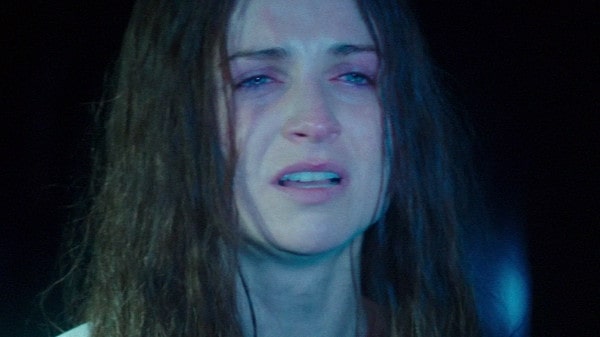
It wasn’t surprising to me in the slightest that Censor was directed and co-written by a woman – the underlying fear of male aggression is rife throughout, adding a pervasive layer of tension to a mystery that may or may not involve violent men. There’s the question of the man involved in her sister’s disappearance, although it’s not clear the role he – or she herself – actually played. There’s the ineffectual father and the impotent, feckless coworker. There’s the unsettling producer and his offer to “abduct you, if you like”, culminating in an attempted rape. There’s the “Beastman”, an actor who reminds Enid of her sister’s kidnapper/murderer. Finally, there’s the overly pretentious director who makes the fatal mistake of shouting at Enid, ordering her to release the darkness within, eventually pushing Enid just a step too far.
Enid’s deteriorating mental state is made clear all through the film with a few clear markers, physical but rarely mentioned. As soon as she meets with her family, it’s noticeable that she’s begun nervously picking her nails and as the film goes on, her fingers become bloodier and bloodier. There’s her shoulder cracking, a conscious self-soothing act that she does more and more, and her tightly held bun that unravels throughout. Most noticeably, there’s the colour red that follows her through the entire movie; the red of her sister’s hair, the red light emanating from the trailer connected to her sister’s demise, the vibrant red fake blood dripping from a paintbrush, all of which builds until her life seems saturated in the colour.
Against the muted 80s brown and cream colours, the red is stark, always so much more vibrant than anything else on screen. Despite being obviously filmed on high quality cameras, there’s something vintage about the colouring in Censor, but the red looks high-definition even in the authentically poor quality of the low-budget video nasties.
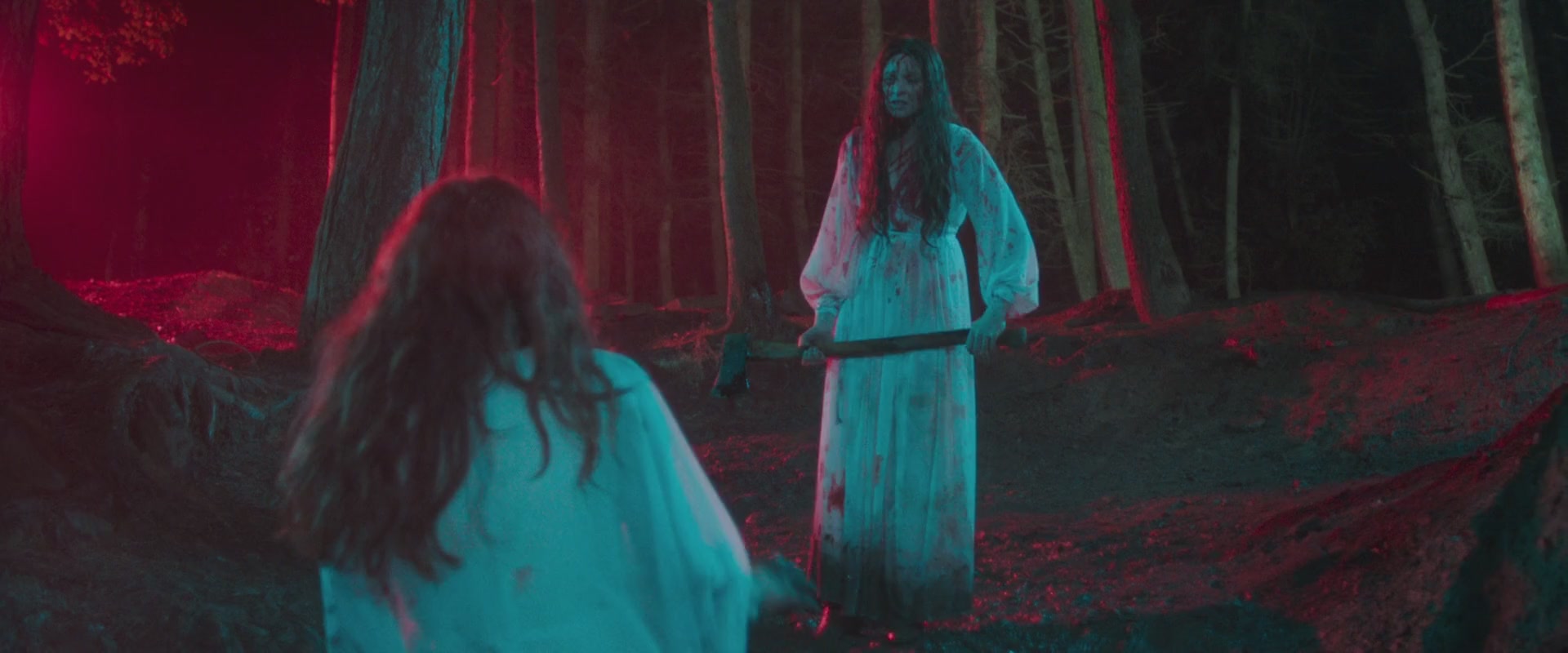
In the end, Enid loses her grip on reality, but one of this great successes of the film is making her demise completely believable. Even once she’s gone past the point of no return, it felt like squinting at the screen trying to see where she went wrong, where exactly that line was that she crossed.
Censor is beautifully in-depth, cleverly shot and palpably creepy. The moments of explicit violence are perhaps the least scary sections, often so over-the-top that they begin to resemble the low-budget high-gore video nasties that this film tangentially studies. It deals with the dark urges we all have, and the ability of the mind to edit out trauma like we edit out the unacceptable parts of a film.
Enid gets her happy ending – driving off under a rainbow with her sister in their virginal white dresses – but it’s a lie. The film is funny in part, bitingly clever throughout, and you won’t be left with an easy answer to any of the film’s mysteries: just an uneasy sense that the most normal of us has the potential for great harm.

More Film Reviews:
Seth A. Smith’s Tin Can is a confinement horror with staying power, managing to walk the audience through no less than seven different subgenres, and delight them with delirious imagery,… Canadian writer/director Christopher Donaldson wants you to know that Ditched (2021) is supposed to be “that B-movie you accidentally missed in 1986”. Do not watch it hoping for a deep message… In the not-so-distant future, death is a choice for some. Robert Holz’s first feature-length film, Restore Point (2023), is a masterpiece, brilliantly capturing the dystopian future that we all fear… Things Heard and Seen is an unusual, psychological horror film where several tropes are turned on their heads, while the important beats are still captured. Domestic relationships, power dynamics, and… August Underground is a 2001 extreme found footage film, written and directed by Fred Vogel with additional writing from Allen Peters. The film was produced by TOETAG Pictures with effects… Dorothea is a 2025 true crime thriller written and directed by Chad Ferrin. Best known for his recent flurry of horror thrillers, Chad is notable for creating Pig Killer (2022),…Tin Can (2022) Movie Review – We’ve All Just Revived
Ditched (2021) Film Review – Canadian Gore Horror
Restore Point (2023) Film review – Supreme Sci-Fi Thriller [Toronto After Dark Film Festival]
Things Heard and Seen (2021) Film Review – Unique Phycological Horror
August Underground (2001) Film Review – Found Footage Filth
Dorothea (2025) Film Review – Landlady From Hell
Jenny is a creative copywriter living just outside of Liverpool who loves horror, board games, comics, video games and industrial metal.



![Restore Point (2023) Film review – Supreme Sci-Fi Thriller [Toronto After Dark Film Festival]](https://www.grimoireofhorror.com/wp-content/uploads/2023/10/Restore-Point-2023-cover-365x180.jpg)

